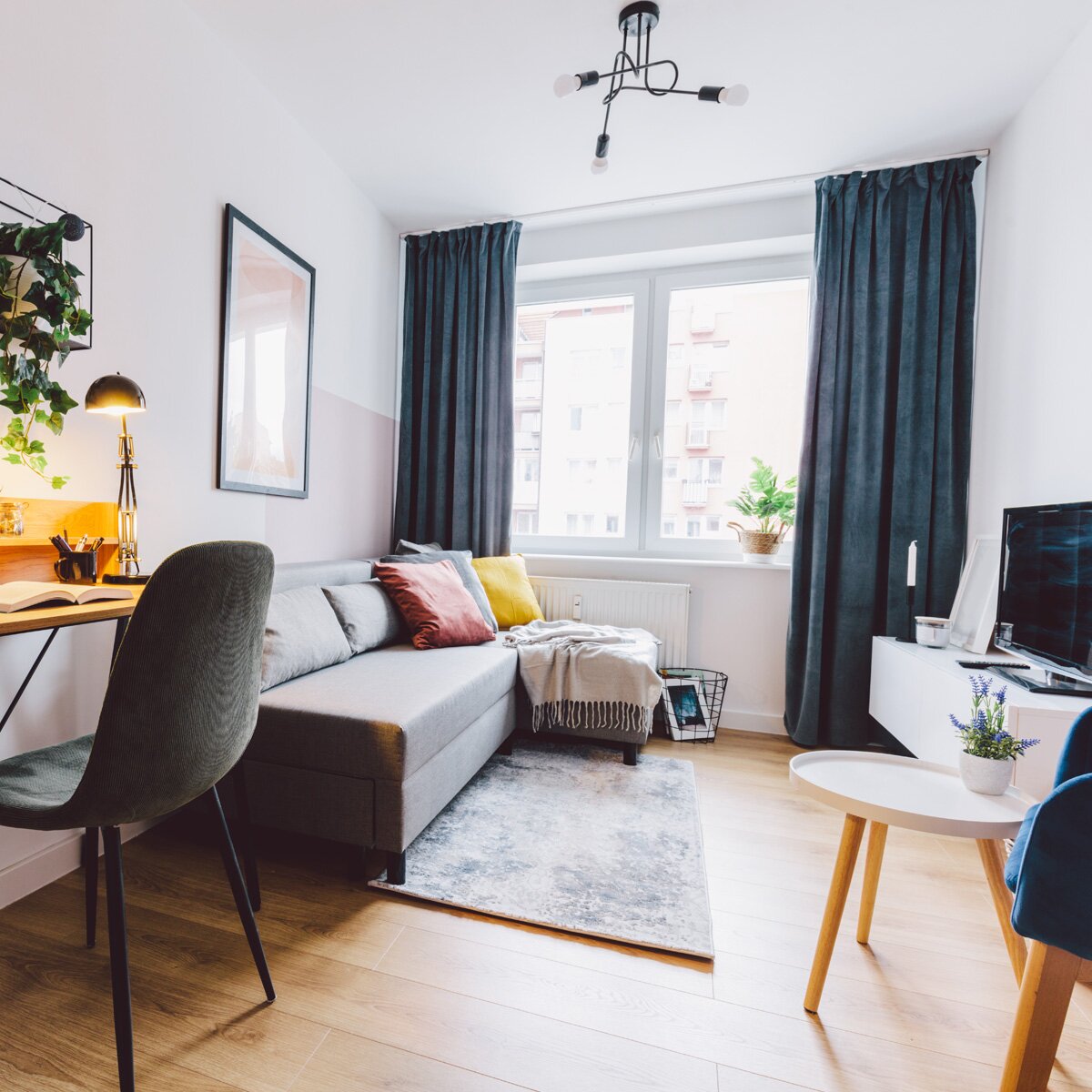5 Easy Tips to Help Renters Save Energy
04/25/2025

If you’re a renter, it’s likely you won’t be installing new windows, beefing up insulation behind walls or making any other major energy-saving renovations to your home. But there are still lots of ways to cut down on your energy expenses. Let’s look at five easy tips to help renters save energy.
1. Switch to energy efficient lighting.
According to the U.S. Energy Information Administration, lighting accounts for about 6% of the average American household’s energy expenses these days. Ten years ago, lighting accounted for 10%.
That reduction over time is due to improved lightbulb efficiency, which is great news for all of us trying to save on our energy bills each month. The more efficient bulbs tend to cost a little more up front, but they last longer and burn less electricity. Take a look at the different types of bulbs listed below and consider whether or not you need to make a switch.
- LED Bulbs: These bulbs are the most efficient, using at least 75% less energy than incandescent bulbs—and lasting 25 times longer!
- CFL Bulbs: CFL bulbs (Compact Fluorescents) typically come in second for efficiency, using about 70% less energy than incandescent bulbs, while lasting about 10,000 hours.
- Halogen Bulbs: Ranking third, halogens use between 20% – 30% less energy than incandescent bulbs and last between 2,000 – 4,000 hours.
- Incandescent Bulbs: Converting only 10% of the energy they use into light, incandescent bulbs are the least efficient and typically last only about 1,000 hours.
2. Thwart those electricity vampires.
Many devices in our homes continue to burn energy even when they’re off, adding up to a considerable amount of waste each year. TVs, computers, appliances, chargers and gaming consoles are just a few examples.
One solution is to unplug these types of devices when you’re not using them. Or consider using smart plugs and smart power strips. Smart plugs are inserted into existing outlets and can be controlled remotely using an app. Most are programmable, as well, allowing your devices to be shut off automatically at certain times. Similarly, smart power strips can detect when your devices are not being used and cut power to them automatically or through remote control.
3. Upgrade your showerheads.
Traditional showerheads typically disperse about 2.5 gallons of water per minute—about 25 gallons every 10 minutes. Water-efficient shower heads—such as those with the EPA’s WaterSense label—can reduce this to about 1.5 gallons – 2 gallons per minute. This helps cut down on your water use (and bill) and saves energy that your water heater uses to keep your showers at a comfortable temperature.
There are several types on the markets these days, including aerating, laminar-flow and high efficiency shower heads. And you can even purchase smart models that save water while also allowing you to set water temperatures, adjust flow and monitor usage using an app.
4. Invest in window treatments.
It’s estimated that, on average, inefficient windows account for 25% – 30% of residential heating and cooling use. As a renter, it’s likely you won’t be able to have old or inefficient windows replaced, but you still have options that are worth investing in. Check out a few below:
- Cellular Shades: These have a honeycomb structure that traps air, acting as an added layer of insulation.
- Window Films: Applied to the glass itself, window films are designed to block UV rays and reduce solar heat gain, keeping you cooler when it’s hot out.
- Insulated Drapes: Heavy, insulated drapes will help block out heat and cold—types with reflective backing can also help reduce solar heat gain by up to 33%.
- Reflective Blinds: Great for summer and winter, these blinds have a special coating that allows you to reflect solar rays away from your windows during the hottest times of year or back into your home when it’s cold out.
5. Replace energy-hungry appliances.
You likely won’t have the option to replace larger appliances such as stoves and refrigerators when you’re renting a home or apartment, but you do have that option with smaller appliances. Take a look at some of these ideas:
- Air Fryers: These circulate hot air to cook food and require less energy than your average stove.
- Instant Pots: Working as pressure cookers, slow cookers, steamers and sauté pans, instant pots serve as an energy-efficient alternative to several kitchen appliances.
- Toaster Ovens: When you’ve got small cooking tasks, toaster ovens perform well, reducing the need to fire up an oven that consumes much more electricity.
- Blenders and Food Processors: If you’re using older-model blenders and food processors, consider a new one with an energy-efficient motor.
We hope these easy energy tips were helpful. Our hope is that you’ll be able to save time and money, while also doing something great for the planet.
 Help
Help Giving Back
Giving Back My Account
My Account Sign Up
Sign Up











